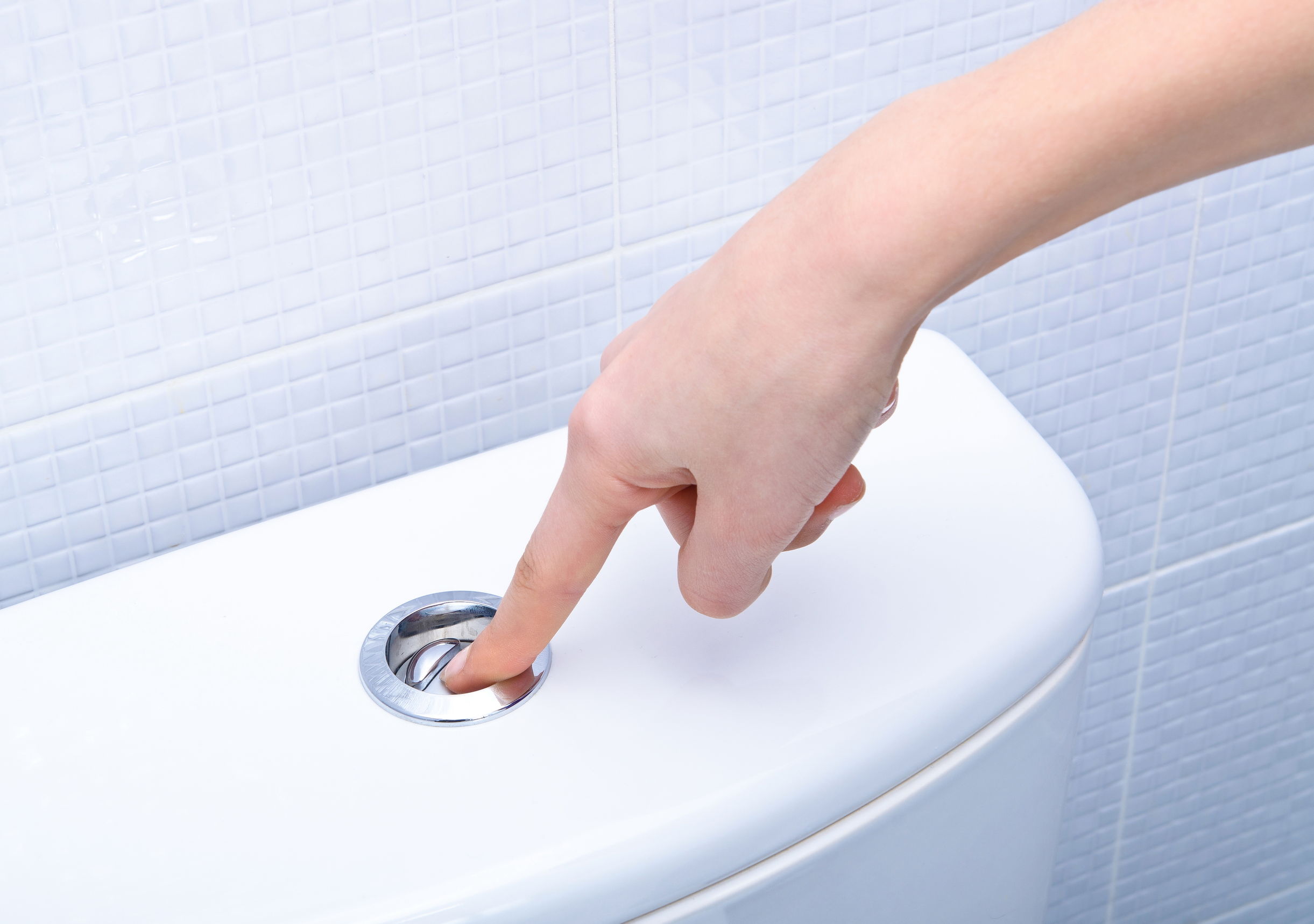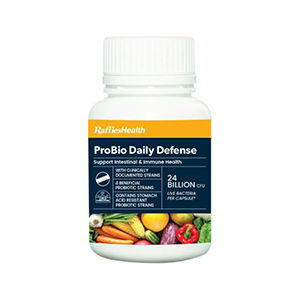Let’s face it – you look at your stools after a bowel movement, and you don’t, it may be worth taking a peek. There’s a lot you can learn about your health by paying attention to the size, smell and colour of your stool. To help you better understand your stool and your gastrointestinal health, use the Bristol Stool Chart to categorise the stool you pass out:
 |
 |
Type 1: Hard little lumps
Caused by a lack of dietary fibre, or from stools sitting in the large intestine for too long. |
 |
Type 2: Sausage-shaped and lumpy
A sign of constipation, which may be caused by a low-fibre diet and lack of fluids. May also be an indication of colon cancer or polyps. |
 |
Type 3: Hard and dry stools with cracks
Could be due to dehydration, constipation, or a side effect of your medication. |
 |
Type 4: Smooth or sausage- shaped
Ideal stools to pass if you have one bowel movement daily. |
 |
Type 5: Soft blobs with defined edges
Ideal stools that are passed two to three times daily after major meals. However, it may also be caused by food intolerance, allergies, infections or medications. |
 |
Type 6: Mushy texture with ragged edges
An indication of your body not properly absorbing food. Can also be due to a malabsorption disorder. In severe cases, your floating stools may look creamy and have a strong odour. |
 |
Type 7: Watery with no solid pieces
A sign of diarrhoea due to an irritated small intestine. |
Aside from its shape and size, your stool’s colour can also tell you about your health:
 The desired stool colour you should aim for. Ideally, it should mimic the colour of milk chocolate.
The desired stool colour you should aim for. Ideally, it should mimic the colour of milk chocolate. |
 May be caused by the presence of bile, or caused by the food you eat.It may also be due to food moving through your intestines too quickly.
May be caused by the presence of bile, or caused by the food you eat.It may also be due to food moving through your intestines too quickly. |
 A sign of excess fat in your stools. This is a symptom of a malabsorption disorder, such as celiac disease.
A sign of excess fat in your stools. This is a symptom of a malabsorption disorder, such as celiac disease. |
 May contain dried blood from internal bleeding in the gastrointestinal tract due to ulcer or cancer.
May contain dried blood from internal bleeding in the gastrointestinal tract due to ulcer or cancer. |
 Occurs when the liver does not release enough bile salts into the stool. Can be a sign of a bile duct obstruction, or caused by medication.
Occurs when the liver does not release enough bile salts into the stool. Can be a sign of a bile duct obstruction, or caused by medication. |
 Sign of bleeding in the lower intestinal tract. Can either be due to hemorrhoids or cancer.
Sign of bleeding in the lower intestinal tract. Can either be due to hemorrhoids or cancer. |
If you find yourself with bowel problems, here are a few tips to improve your digestive health:
Eat More Fibre
Fibre reduces constipation by increasing the size and softness of your stools. If it is soft and watery, fibre can help absorb water and solidify your stools. Your fibre intake should consist of two kinds – soluble and insoluble fibre. Soluble fibre can be found in foods like oats, peas, carrots and beans, while insoluble fibre is obtained from wheat bran, peels of fruits and vegetables, and whole-grain products such as wholemeal bread and brown rice.
Take Time to Destress
Do you find yourself having constipation, diarrhoea, or even painful bowel movements during stressful periods? Our gut has 100 million neurons linking to our brain, making it sensitive to emotional and mood changes. If we are under constant stress, our body releases more stress hormones, which leaves us in a semi-stimulated state. In the long run, this can lead to digestive and stomach problems. Getting a handle on your stress levels not only benefits your overall well-being, your digestion will improve as well.
Supercharge Your Gut Flora With Probiotics
Probiotics are active cultures, similar to the “good” bacteria found in our gut. They aid our digestion and repopulate the intestinal “good” bacteria to balance the gut flora, which helps our body better absorb nutrients and synthesise vitamins. Probiotics support our immune system to fight off infections as well. “Probiotics should be eaten with prebiotics, such as bananas, broccoli, and leek, as they help ‘feed’ the good bacteria,” says Ms Kesslyn How, Nutritionist, Raffles Diabetes & Endocrine Centre. “Both work to maintain regular bowel movements and keep your stools soft and easy to pass.”
Exercise Regularly
Lack of proper activity can contribute to constipation because being sedentary slows down the digestive system. Regular exercise is an important way to help ward off and treat constipation as it can promote activity in the digestive tract. However, exercising immediately after a meal reduces blood flow to the stomach, slowing down digestion, which causes constipation and bloatedness. Give your body a chance to digest your meal before starting on your workout regime.
Chew your food
Digestion and nutrient absorption doesn’t start from the intestines – it begins in our mouth. Enzymes in our saliva, along with proper chewing, helps break the food we eat down smaller particles. When food is not well chewed and properly broken down, it will not be completely digested, and may even become fodder for bacteria in the colon, leading to flatulence and other symptoms of indigestion. So, don’t rush to finish your food – take the time to savour it properly.
 ‹ Back
‹ Back









 The desired stool colour you should aim for. Ideally, it should mimic the colour of milk chocolate.
The desired stool colour you should aim for. Ideally, it should mimic the colour of milk chocolate. May be caused by the presence of bile, or caused by the food you eat.It may also be due to food moving through your intestines too quickly.
May be caused by the presence of bile, or caused by the food you eat.It may also be due to food moving through your intestines too quickly. A sign of excess fat in your stools. This is a symptom of a malabsorption disorder, such as celiac disease.
A sign of excess fat in your stools. This is a symptom of a malabsorption disorder, such as celiac disease. May contain dried blood from internal bleeding in the gastrointestinal tract due to ulcer or cancer.
May contain dried blood from internal bleeding in the gastrointestinal tract due to ulcer or cancer. Occurs when the liver does not release enough bile salts into the stool. Can be a sign of a bile duct obstruction, or caused by medication.
Occurs when the liver does not release enough bile salts into the stool. Can be a sign of a bile duct obstruction, or caused by medication. Sign of bleeding in the lower intestinal tract. Can either be due to hemorrhoids or cancer.
Sign of bleeding in the lower intestinal tract. Can either be due to hemorrhoids or cancer.
















